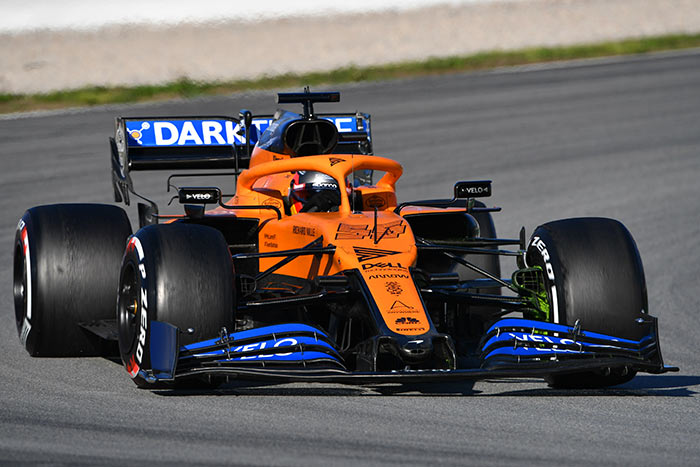It's a building technique some f1 team use, you build the nose tip separately and glue it later on to the nose cone, it's probably much easier to run the vacuum bags for good carbon layers bounding on an open nose cone. I don't know if it's a common practice across all teams.Xero wrote: ↑14 Feb 2020, 00:55Good find! That's definitely a glue on replacement. Either the real tip was damaged or they're hiding something. Given how sophisticated they were in this area last year, I'm guessing the latter. The nose tip is there however only to satisfy the regulations, so perhaps the tip isn't an important part of the crash structure.f1rules wrote: ↑13 Feb 2020, 23:44question, i dont know the rules, and i know carb fib are layered with different patterns, but this almost look like a glue on, any risk we will se a gigantic vacuum nose
https://pbs.twimg.com/media/EQr8kPQWsAA ... name=large
Close up race cars tends to look a bit crunchy, the teams don't really care if the carbon layers don't align visually like you would on an expensive road car.
To have the front wing pillar be made as one piece with the nose cone they must have quite the complexe mold and rig, very impressive level of building. That's a good show of improvement in McLaren building department, few years ago they were struggling to have the complexe floor in time for winter testing (visible in their short documentary released few years back when they still had the Honda engine).
Lovely detail on how they layered the carbon onto the nose tip, the left layer overlaps the right layer beyond the mold seam (visible on the center line of the nose tip).
I'd say the car philosophy does look like a James Key design with high undercut and massive raised back panel.






